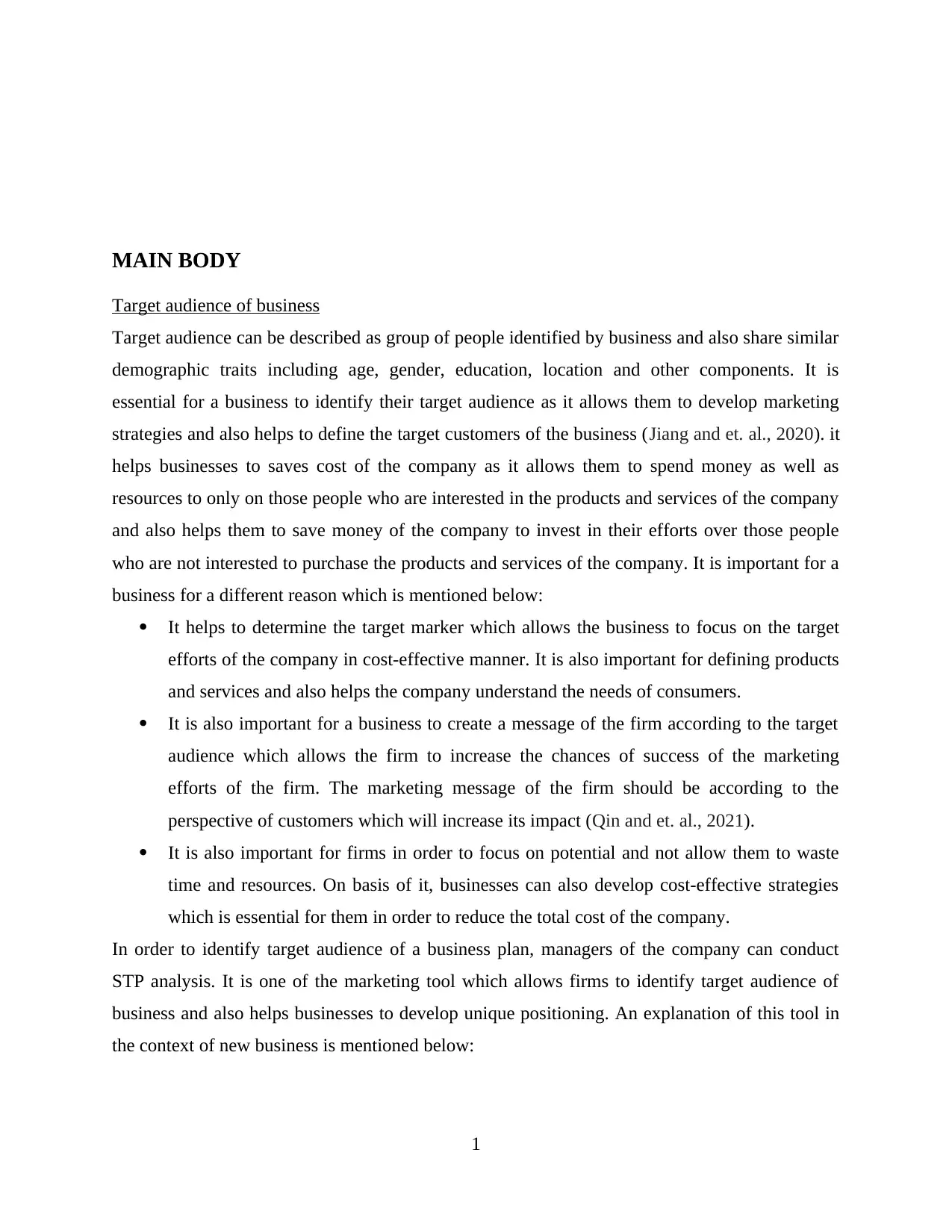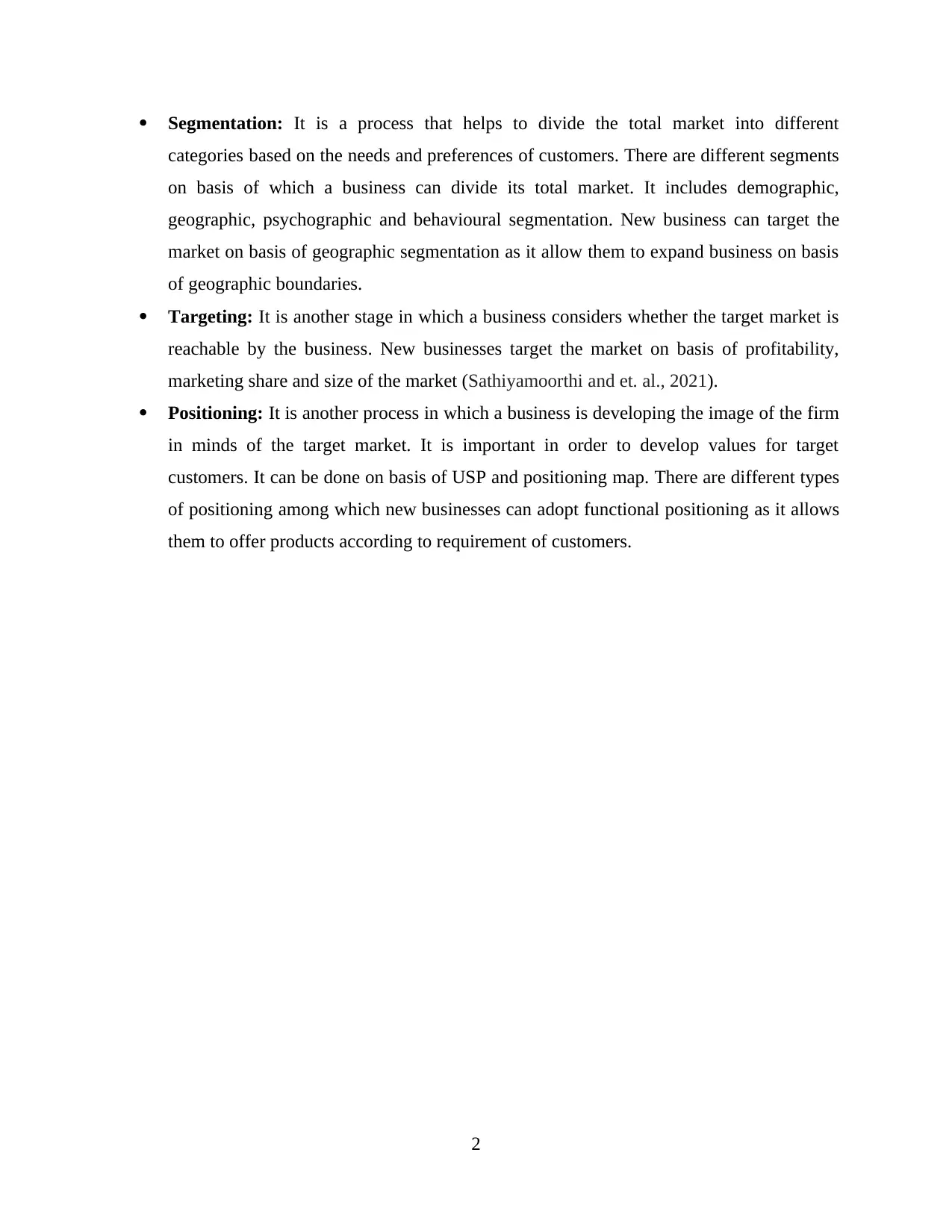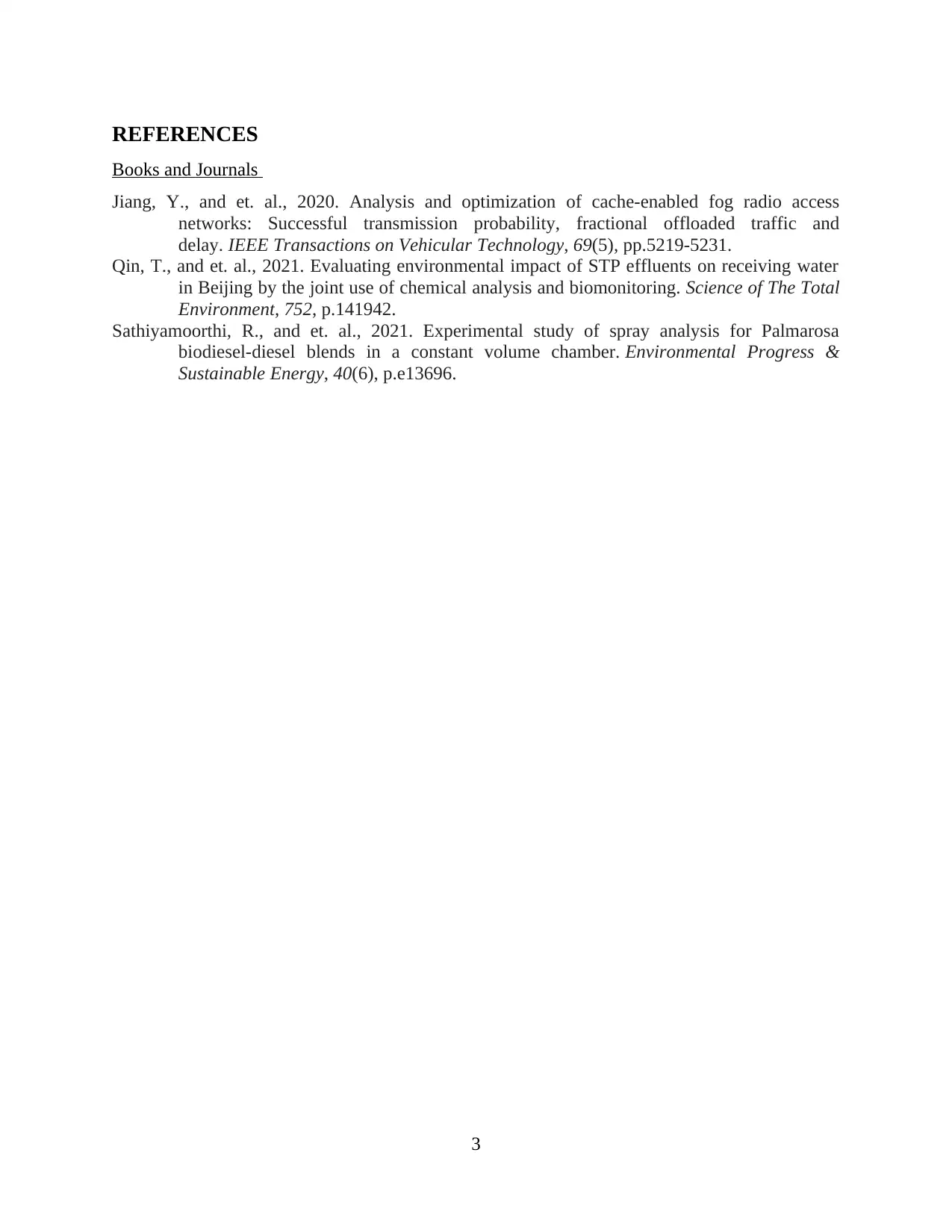Importance of Target Audience in Strategic Business Planning Process
VerifiedAdded on 2023/06/08
|5
|738
|175
Essay
AI Summary
This essay elucidates the critical role of identifying a target audience in the development and execution of a successful business plan. It emphasizes that a target audience is a group of individuals sharing similar demographic traits, whose identification enables businesses to tailor marketing strategies effectively. The essay underscores the cost-saving benefits of focusing resources on potential customers and highlights the importance of crafting marketing messages that resonate with the target audience's perspective. Furthermore, the document introduces STP analysis (Segmentation, Targeting, and Positioning) as a key marketing tool for identifying the target audience and developing a unique market position. Segmentation involves dividing the market based on demographics, geography, psychographics, and behavior; targeting focuses on market profitability and size; and positioning aims to create a favorable brand image in the minds of the target customers. The essay concludes by advocating for functional positioning, where businesses align their offerings with customer requirements. Desklib provides a wealth of resources, including similar essays and study tools, to support students in their academic endeavors.
1 out of 5












![[object Object]](/_next/static/media/star-bottom.7253800d.svg)